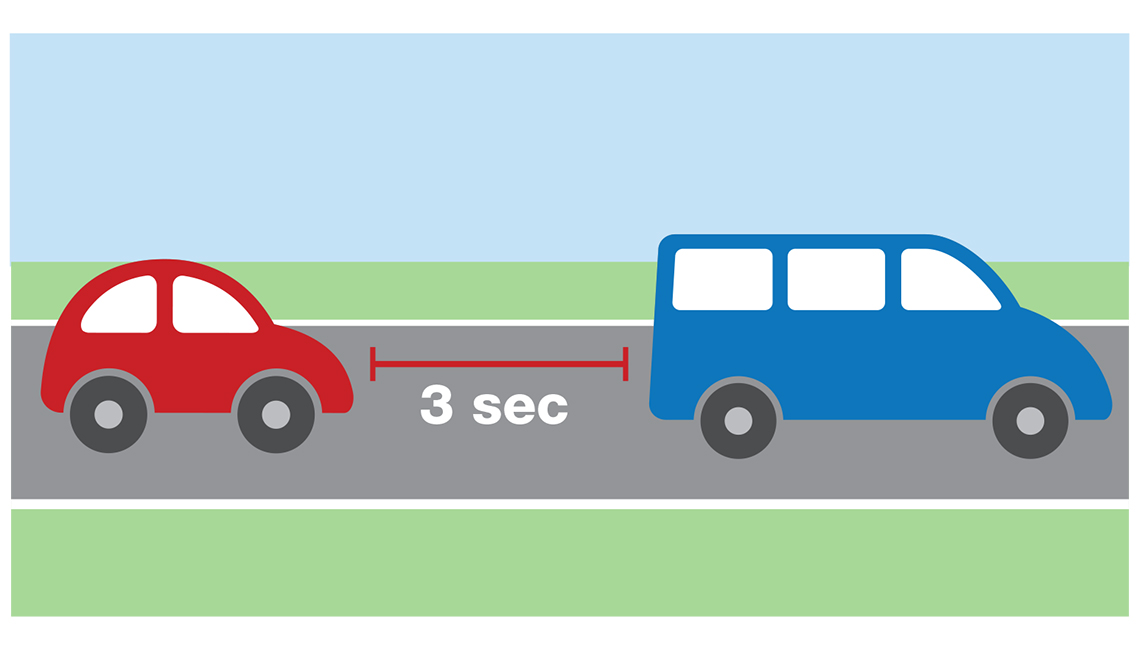
- Select a language for the TTS:
- UK English Female
- UK English Male
- US English Female
- US English Male
- Australian Female
- Australian Male
- Language selected: (auto detect) - EN
Play all audios:
Continuing care retirement communities, also known as CCRCs or life plan communities, are a long-term care option for older people who want to stay in the same place through different phases
of the aging process. There are about 1,900 CCRCs nationwide, according to the nonprofit National Investment Center for Seniors Housing & Care (NIC). They offer different types of
housing and care levels based on an older adult’s needs and how they change. 10 QUESTIONS TO ASK A CCRC Your loved one needs to be involved in the selection process. LeadingAge, a
nationwide organization of nonprofit and government aging-services providers, recommends that prospective residents ask these 10 key questions when considering a continuing care retirement
community. 1. Are you for-profit or not-for-profit, and what’s the financial strength of the retirement community? 2. What’s included in the monthly fee? 3. How do you help me to maintain my
freedom and independence? 4. What kind of emergency response systems do you have? 5. How do you measure your residents' satisfaction? Can I see your last two surveys? 6. How may
residents offer input and feedback? 7. What is the difference between independent and assisted living, and when would I have to move to assisted living? 8. Can you remain in independent
living when your needs change, and how is aging in place supported? 9. What are the five most popular programs in your community and who decides what programs and events are scheduled? 10.
Can I review your residency agreement? For example, a resident can start out living independently in an apartment and later transition to assisted living to get more help with daily
activities, or to skilled nursing to receive more medical care, while remaining in the same community. The chief benefit of CCRCs is that they provide a wide range of care, services and
activities in one place, offering residents a sense of stability and familiarity as their abilities or health conditions change. But that comes at a cost. Most communities charge an entry
fee. The average initial payment is about $402,000, but the fees can range widely, from $40,000 to more than $2 million, according to NIC, which tracks costs at some 1,100 CCRCs in 99 major
U.S. markets. Once residents move in, they pay monthly maintenance or service fees. Other continuing care communities operate on a rental model with no up-front fee. The average monthly
charge across both types of communities in the third quarter of 2021 was $3,555, and rents typically rise about 2 percent a year, NIC says. CCRCs tend to have higher occupancy than
standalone independent living, assisted living and nursing care communities and have seen less of a decline during the pandemic, according to NIC data. CCRC occupancy rates dipped from 91.5
percent in the first quarter of 2020 to 84.3 percent a year later, but had inched back up to 85.4 percent by October 2021. Here’s some information on how to find a CCRC and decide whether
it’s the right place for your loved one to spend the rest of his or her life. HOW TO FIND A CCRC • Visit the federal government’s online Eldercare Locator or call 800-677-1116 to get contact
information for your local Area Agency on Aging, which can provide information about CCRCs in your area. • LeadingAge, a member association for nonprofit eldercare providers, maintains an
Aging Services Directory. To find a list of nonprofit communities, type in your state or ZIP code. • Search for “retirement communities” or “retirement living” on the Yellow Pages website. •
Use an online referral service such as Caring.com or SeniorLiving.org. WHAT TO LOOK FOR WHEN YOU VISIT Once you’ve compiled a list of communities you and your loved one would consider,
gather more information on the web or by phone and narrow it down to places you want to visit. Here are some things to look for and questions to ask when evaluating a community in person.







